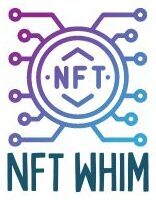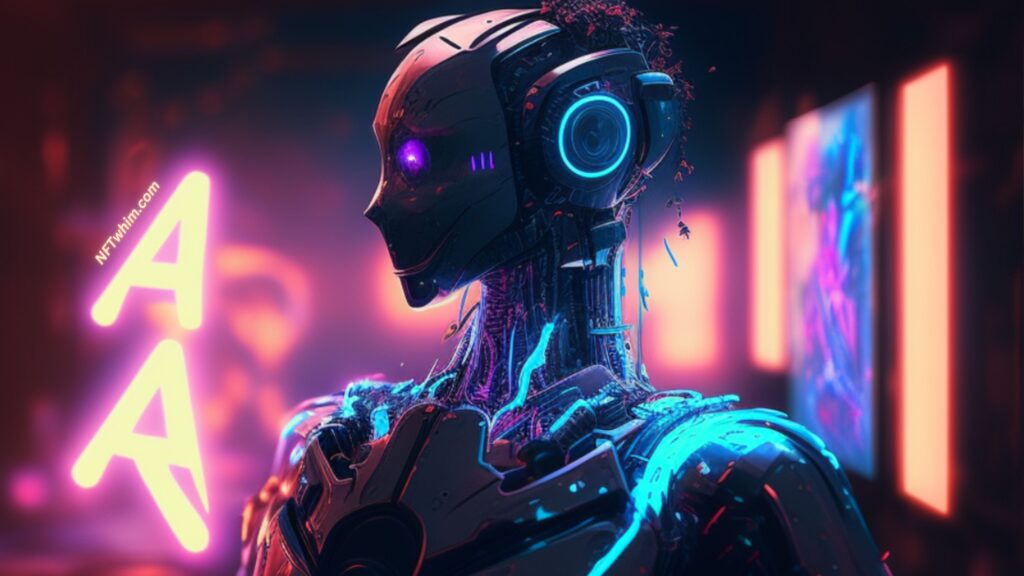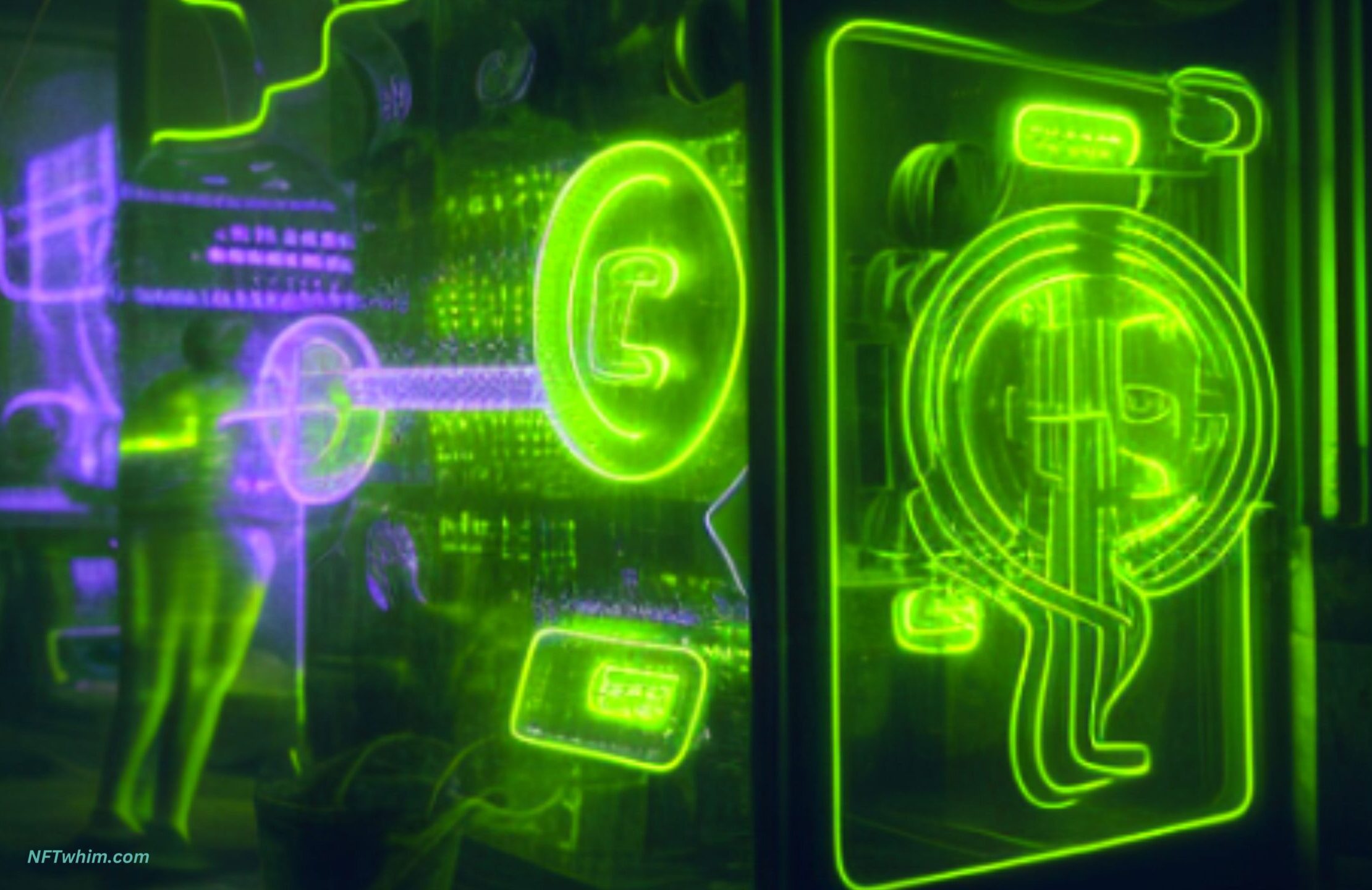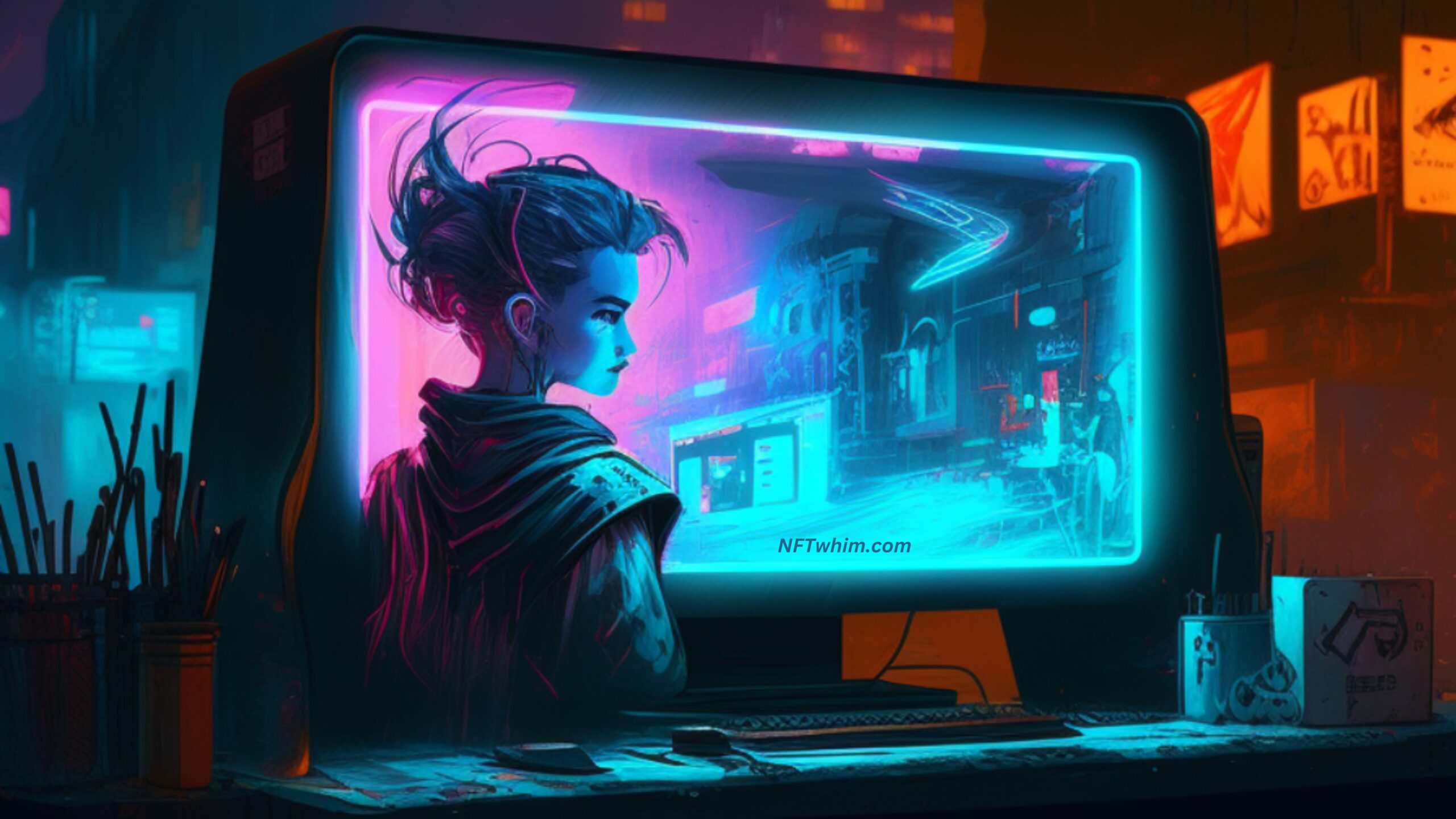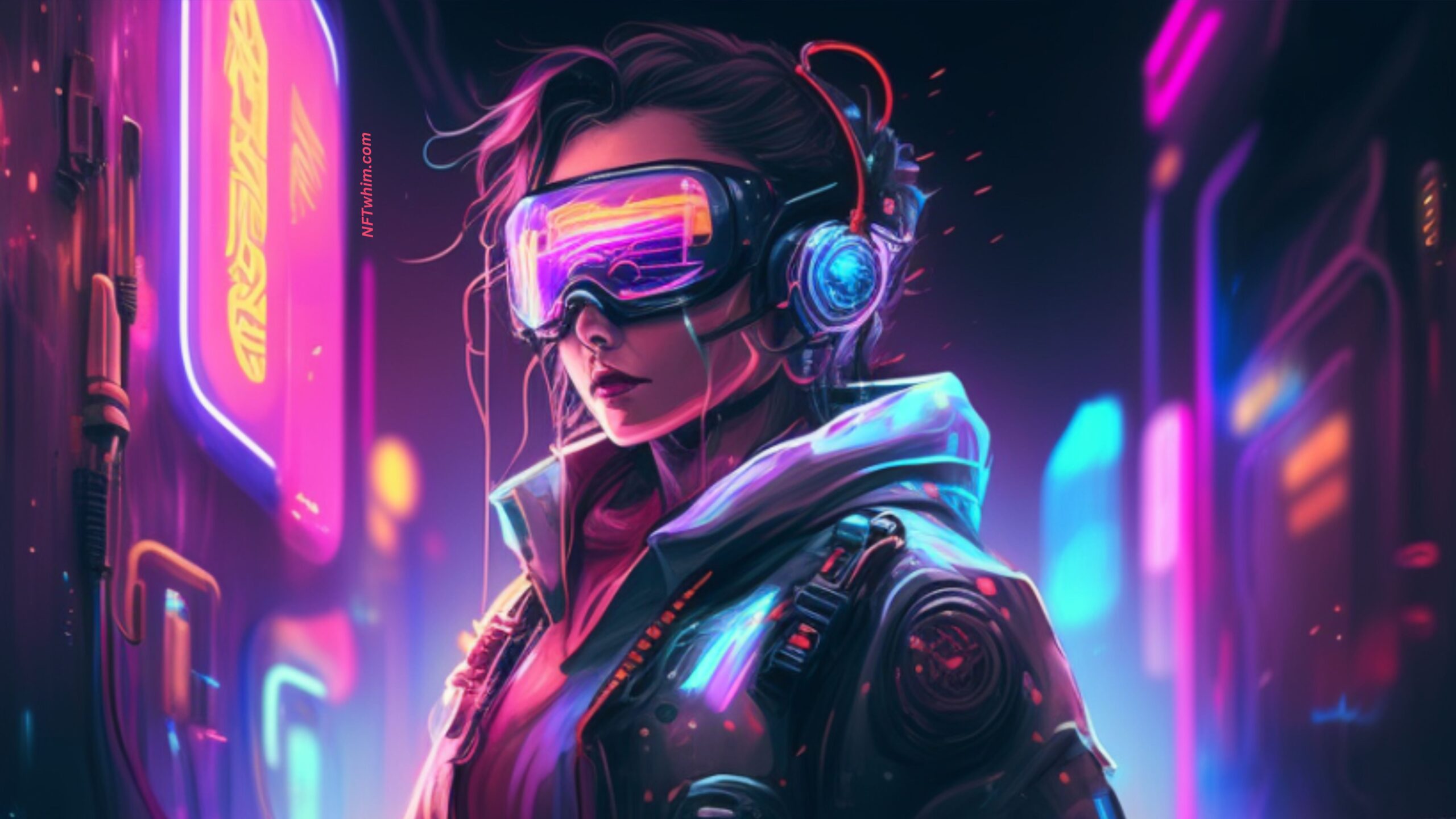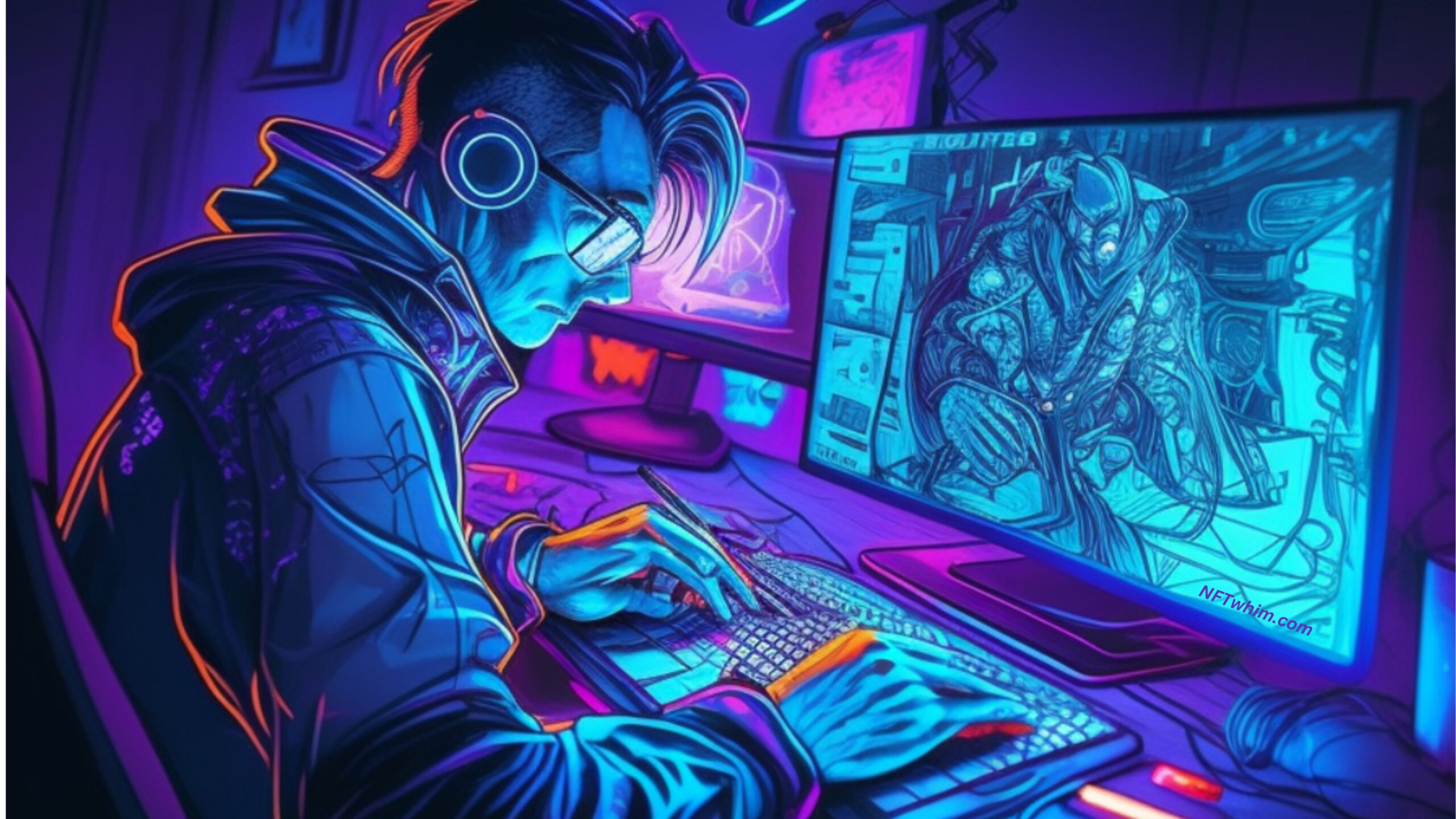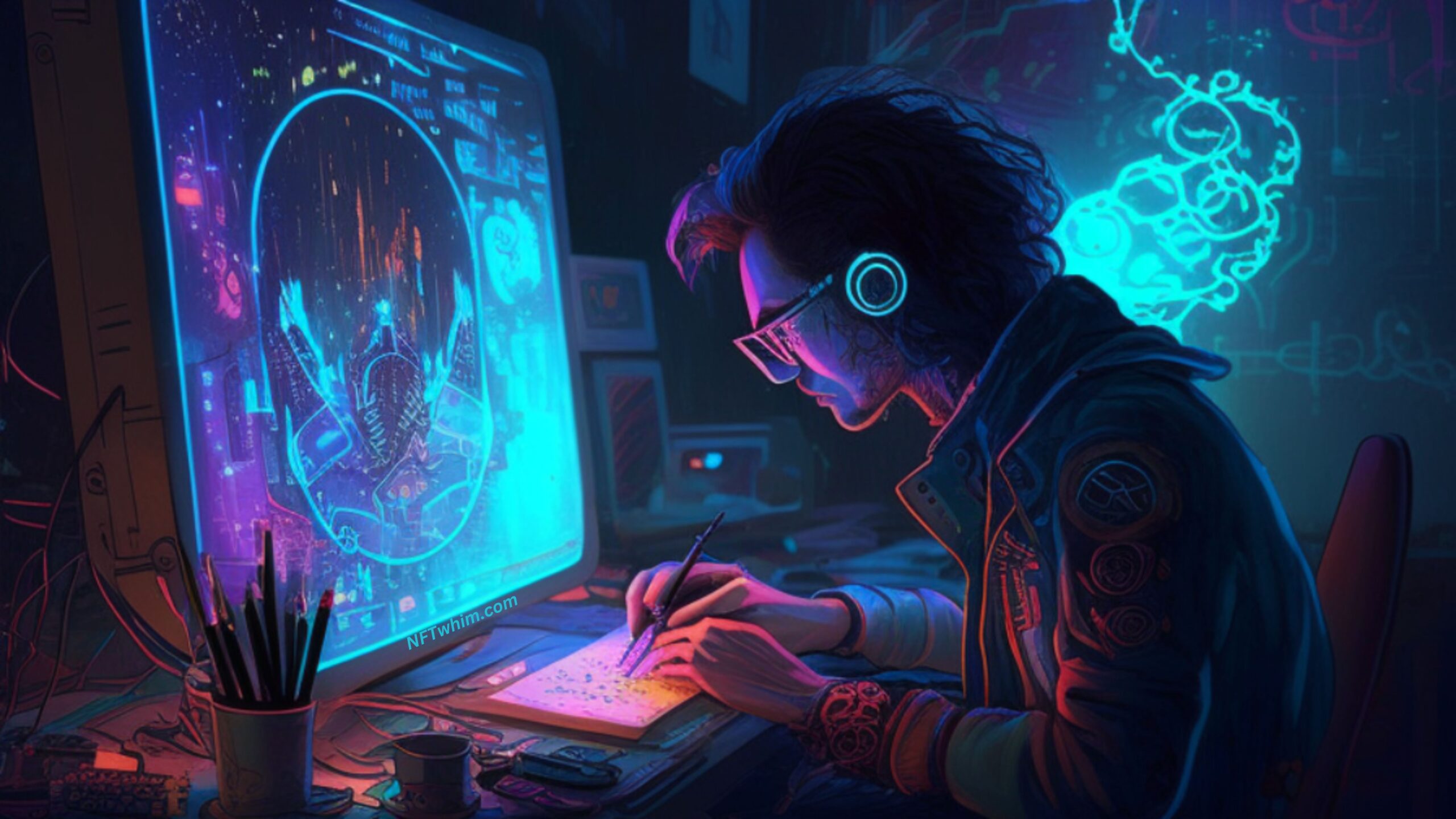Hello there! Non-fungible tokens (NFTs) have taken the world by storm in recent years, and their popularity shows no sign of slowing down. NFTs are unique digital assets that use blockchain technology to verify their ownership and authenticity. They can be anything from digital art and music to video game items and virtual real estate.
While NFTs offer new opportunities for creators to monetize their digital content, creating and selling NFTs can be a complex process. This is where artificial intelligence (AI) comes in. AI has the potential to streamline and optimize many aspects of NFT creation and trading. In this blog post, we’ll explore how AI can help NFT creators and traders and what the limitations and challenges are.
AI can assist NFT creators in creating unique digital assets by generating content and providing tools for optimization. It can also aid in determining a realistic price for the NFT by providing pricing tools, and predictive analytics. However, there are challenges and limitations to consider, such as biased data and copyright ownership.
We’ll cover the following topics in this post:
Table of Contents
Ok, let’s dive into the details now!
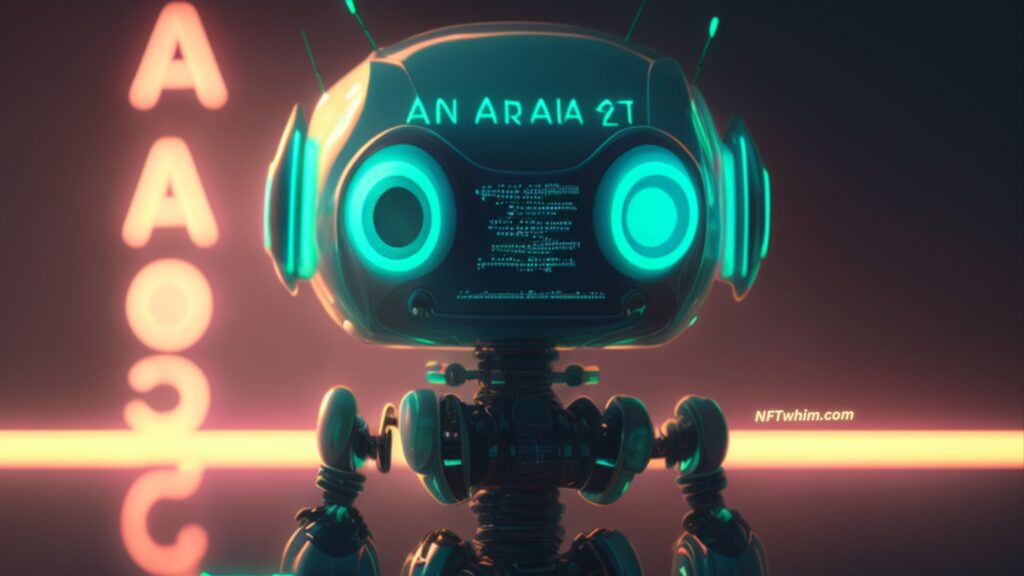
But before we start, you may also like this instruction to making NFTs using AI.
AI’s Contribution to NFT Creation
One of the most significant ways AI can help NFT creators is by assisting in the creation of digital content. AI algorithms can generate images and videos that look and feel authentic. By training AI algorithms on large datasets of visual and audio content, the technology can learn to recognize patterns and generate new content that resembles the training data.
The advantages of AI-generated images and videos for NFT creation are numerous. First, AI can generate content much faster than human artists, making the process more efficient. Second, AI algorithms can generate variations of a single image or video, providing creators with multiple options to choose from. Third, AI-generated content can be personalized to suit individual preferences.
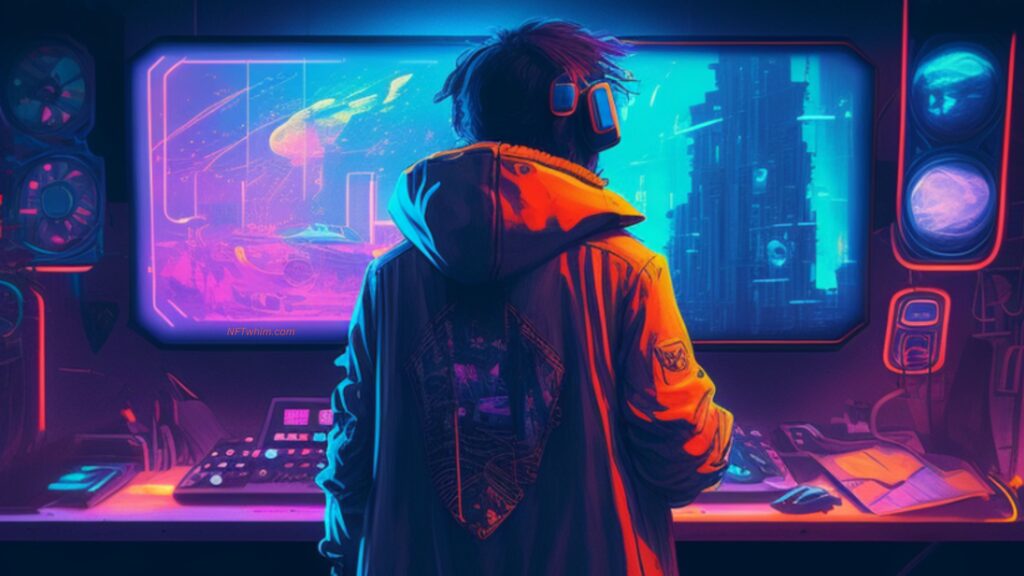
Can ChatGPT assist NFT creators?
Predictive Analytics
Furthermore, predictive analytics can also help NFT creators set an optimal price for their NFT when listing it for sale. By analyzing market trends and data from previous sales, an AI algorithm can predict the fair market value of an NFT. This can help the creator avoid underpricing their digital asset and missing out on potential profits, or overpricing their NFT and not receiving any offers from interested buyers.
For instance, suppose an NFT creator wants to list a digital artwork for sale. By using predictive analytics, the AI algorithm can analyze data from previous sales of similar artworks and determine the average selling price for such content. The algorithm can also analyze market trends, such as an increase in demand for a particular type of NFT or a decrease in interest in a specific digital content category. Based on this information, the AI algorithm can suggest an optimal price range for the NFT that is more likely to attract interested buyers and ensure a profitable sale for the creator.
Overall, predictive analytics is a powerful tool that can assist NFT creators in making informed decisions about their digital assets. By leveraging AI algorithms’ capabilities to analyze market trends and predict demand, creators can create content that aligns with market needs, avoid underpricing or overpricing their NFTs, and optimize their profits in the fast-evolving NFT market.
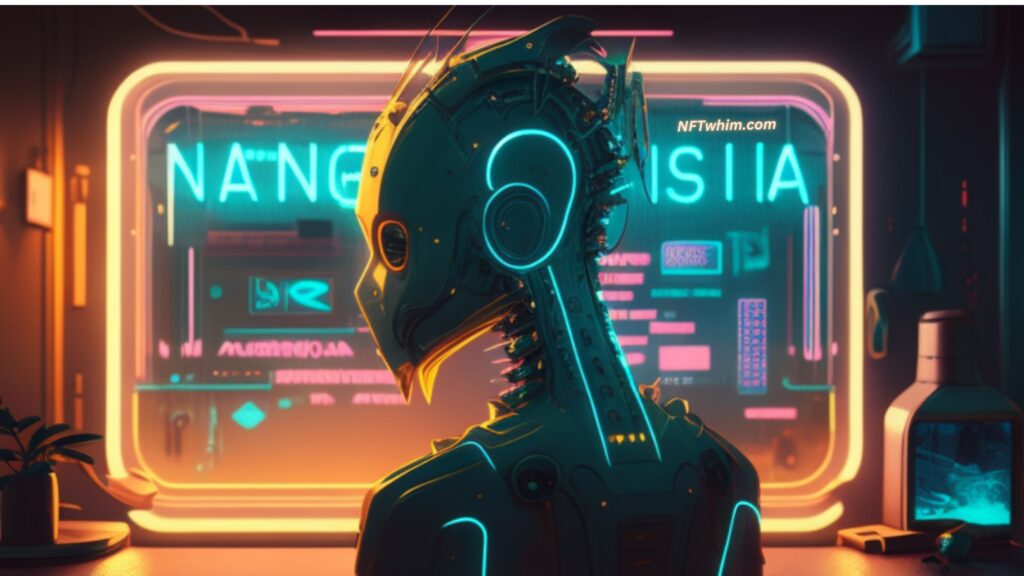
Personalization
One of the most exciting applications of AI in NFT creation is personalization. This is the process of creating unique digital assets that are tailored to the specific preferences and interests of each buyer. By using AI algorithms, NFT creators can generate personalized content that is unlike anything else on the market. This can be a powerful tool for creators looking to differentiate themselves in a crowded and competitive space.
For example, a digital artist can use an AI algorithm to create a one-of-a-kind piece of art that takes into account the buyer’s preferences and interests. The algorithm can analyze data about the buyer, such as their search history, social media activity, and demographic information, to create a piece of art that resonates with them. The result is a personalized artwork that is unique to the buyer and cannot be replicated.
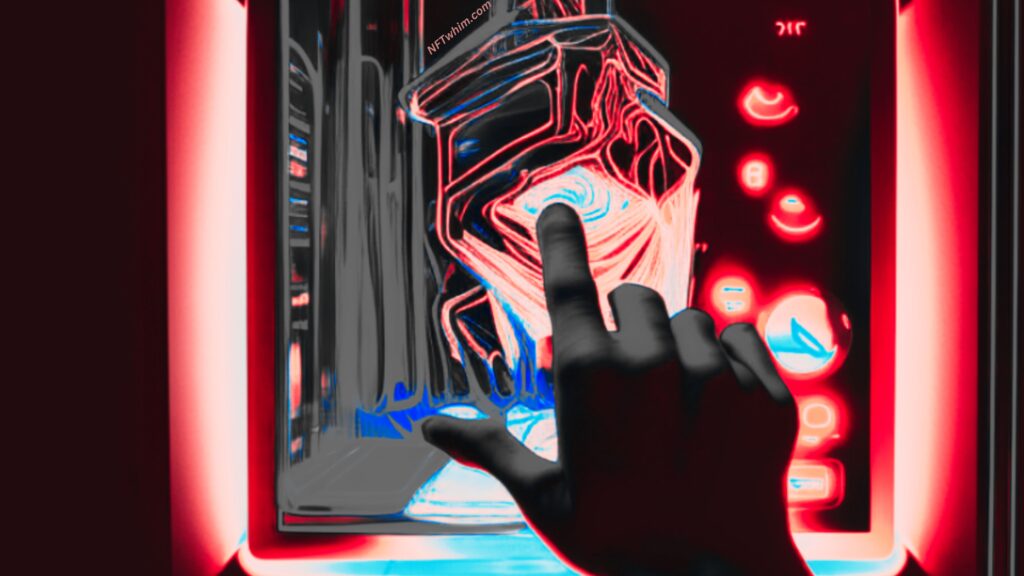
AI Applications in NFT Trading
In addition to helping NFT creators create digital assets, AI can also assist in NFT trading. Here are a few examples:
Pricing:
One of the most significant challenges in NFT trading is determining the value of an NFT. Because NFTs are unique, there is no standardized pricing system. AI algorithms can analyze data from past sales and market trends to predict the value of an NFT. This information can help NFT buyers and sellers determine the fair market value of an NFT and negotiate prices accordingly.
Determining the fair market value of an NFT is especially important for buyers who want to ensure they are not overpaying for a digital asset. By using AI-powered pricing tools, buyers can make more informed purchasing decisions and sellers can ensure they are pricing their NFTs correctly.
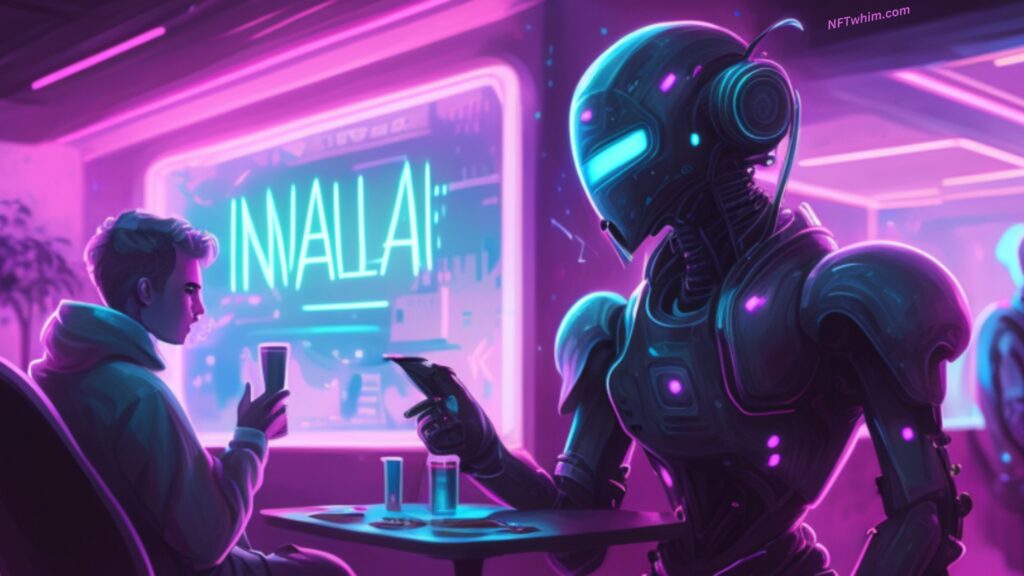
Trading and Investing:
Finally, AI can assist in NFT trading and investing. AI-powered trading platforms can help buyers and sellers find the best deals on NFTs and make trades more efficiently. These platforms can also use predictive analytics to help investors make informed decisions about which NFTs to buy and when to sell them.
Automated portfolio management is another application of AI in NFT trading. AI algorithms can analyze an investor’s portfolio and recommend adjustments to optimize returns. This can help investors make smarter investment decisions and maximize their profits in the NFT market.
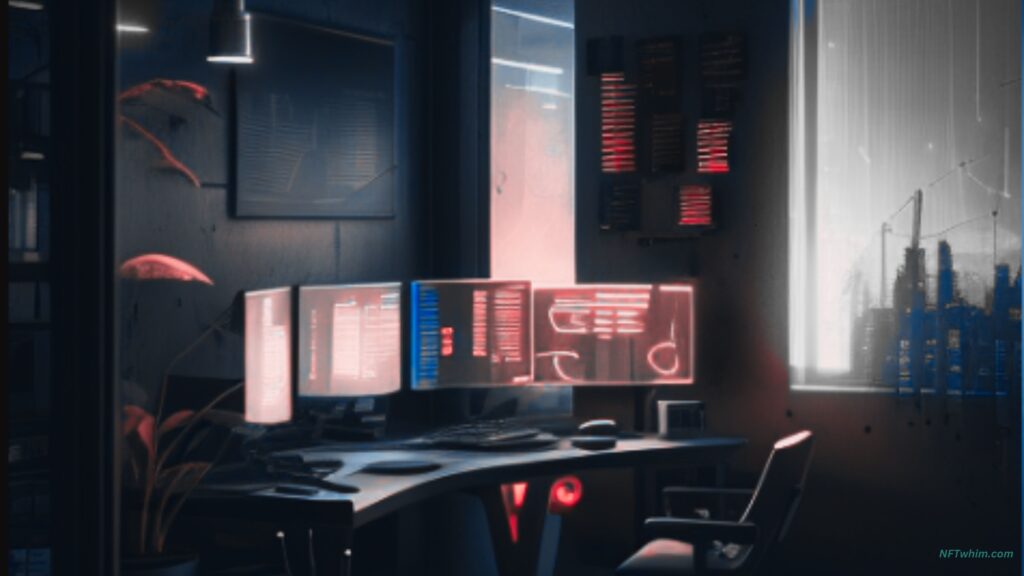
Challenges and Limitations
While AI has the potential to revolutionize NFT creation and trading, there are also some challenges and limitations to consider. One of the biggest concerns is the use of biased data. If AI algorithms are trained on biased data, they can produce biased results. This can lead to issues such as under-representation or over-representation of certain groups of people or types of digital content.
Another concern is the ownership of AI-generated content. If an AI algorithm generates a unique digital asset, who owns the copyright? This is a complex legal issue that has not yet been fully resolved.
Finally, there are technical limitations to consider. While AI algorithms are becoming more sophisticated, they are not perfect. There are still limitations to what they can do, and they require technical skills to operate.
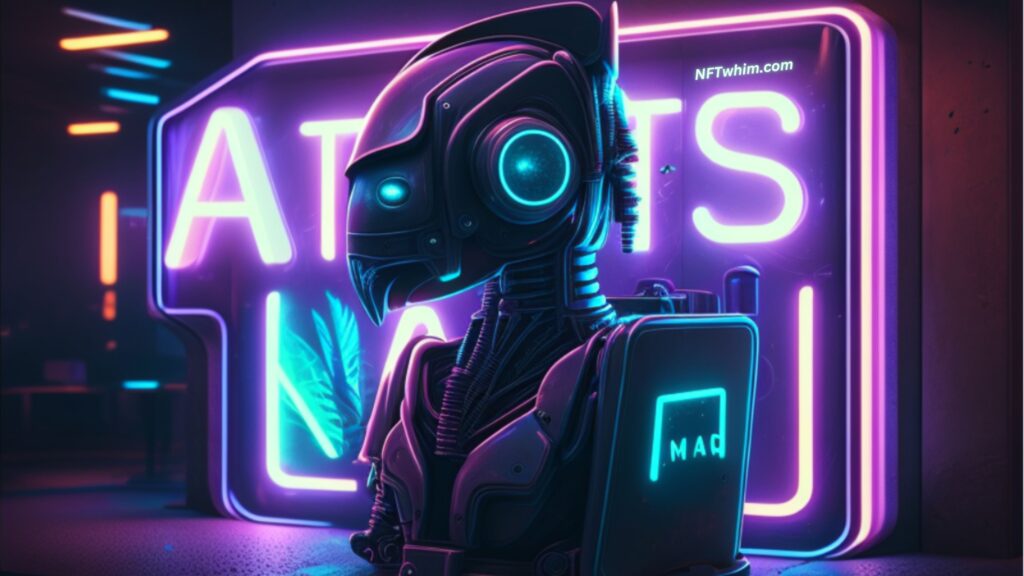
Summing It Up
In conclusion, AI has the potential to revolutionize NFT creation and trading. By assisting in the creation of digital assets, providing predictive analytics, and facilitating trading and investing, AI can help NFT creators and traders make more informed decisions and optimize their profits. However, there are also challenges and limitations to consider, including the use of biased data, copyright ownership, and technical limitations.
As the NFT market continues to evolve, we can expect to see more applications of AI in NFT creation and trading. By embracing AI and using it responsibly, NFT creators and traders can take advantage of the many benefits that this technology has to offer.
Robin
Author: Robin Olsson
Author Bio: I’m Robin and on this website, I share everything I’ve learned since getting into NFTs in 2021. I have a background in research and I’ve been in crypto for several years. You can read more about me here.
